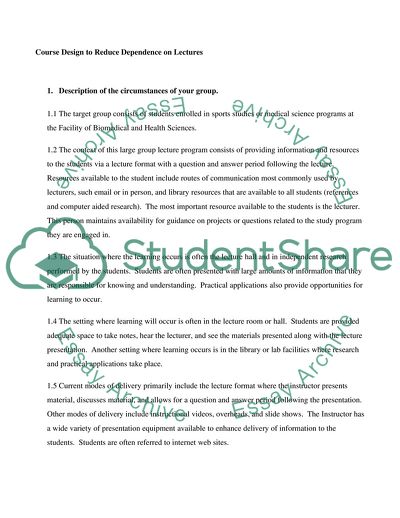Cite this document
(Strategies to Enhance Learning during Lectures and Team Work Essay, n.d.)
Strategies to Enhance Learning during Lectures and Team Work Essay. https://studentshare.org/education/1707394-literature-review-stategies-for-enhancing-learning-in-lectures-and-large-groups
Strategies to Enhance Learning during Lectures and Team Work Essay. https://studentshare.org/education/1707394-literature-review-stategies-for-enhancing-learning-in-lectures-and-large-groups
(Strategies to Enhance Learning During Lectures and Team Work Essay)
Strategies to Enhance Learning During Lectures and Team Work Essay. https://studentshare.org/education/1707394-literature-review-stategies-for-enhancing-learning-in-lectures-and-large-groups.
Strategies to Enhance Learning During Lectures and Team Work Essay. https://studentshare.org/education/1707394-literature-review-stategies-for-enhancing-learning-in-lectures-and-large-groups.
“Strategies to Enhance Learning During Lectures and Team Work Essay”. https://studentshare.org/education/1707394-literature-review-stategies-for-enhancing-learning-in-lectures-and-large-groups.


